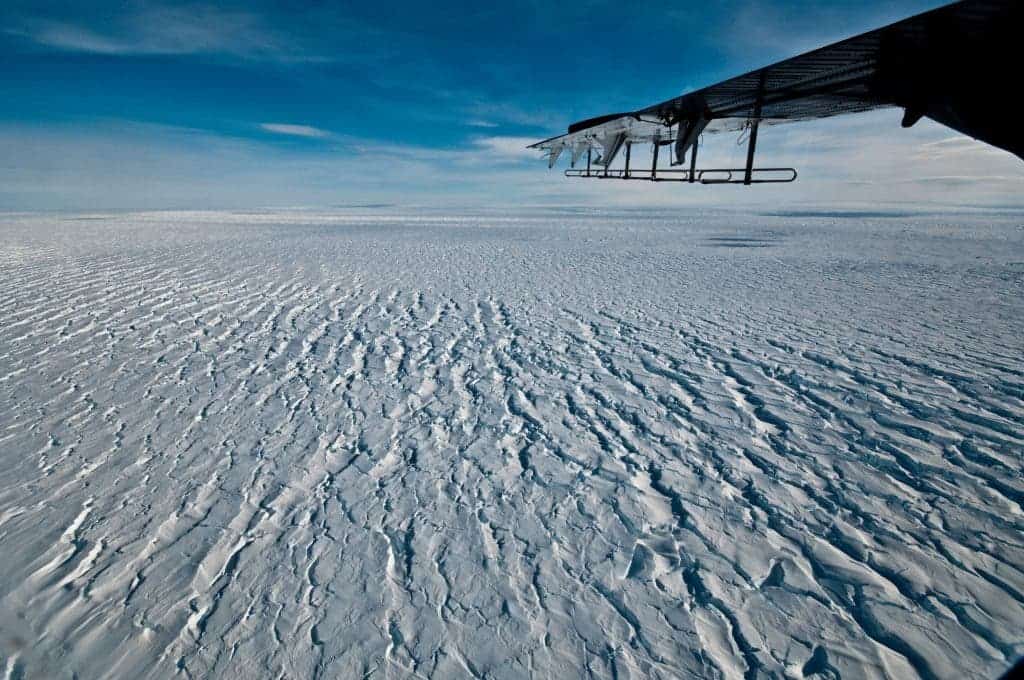Pine Island is Antarctica’s biggest glacier and also the fastest melting one on the continent, responsible for about 25% of its total ice loss. Now, in a new study, researchers showed that the glacier is more vulnerable to rapid melting than previously thought, as climate change is weakening its natural braking system.

Together with its neighboring Thwaites glacier, Pine Island connects the center of the western Antarctic ice sheet with the ocean, discharging significant amounts of ice to the sea. These two glaciers have been losing ice for the past 25 years. If this speeds up, global seas could rise significantly over the next few centuries, scientists estimate.
“We may not have the luxury of waiting for slow changes on Pine Island; things could actually go much quicker than expected,” lead author Ian Joughin, said in a statement. “The processes we’d been studying in this region were leading to an irreversible collapse, but at a fairly measured pace. Things could be much more abrupt if we lose the rest of that ice shelf.”
The Pine Island and Thwaites glaciers have been under the spotlight in recent decades as their ice shelves thinned because warmer ocean currents melted the ice’s underside. Pine Island Glacier’s motion toward the sea accelerated from 2.5 kilometers per year in the 1990s to 4 kilometers per year to 2009. The speed then stabilized for almost a decade but is now accelerating.
Pine Island’s ice shelf lost one-fifth of its area in a few dramatic breaks from 2017 to 2020, captured by the Copernicus Sentinel-1 satellites, operated by the European Space Agency. This created icebergs more than eight kilometers long and 36 kilometers wide, which then split into lots of little pieces, Joughin told Associated Press.
Alongside scientists from the University of Washington and British Antarctic Survey, Joughin combined satellite data with a computer model of ice movement to determine what is driving the speed up. Due to its extremely remote location, satellites play a fundamental role in the measurement and monitoring of Antarctic glaciology.
The researchers found that the glacier’s ice shelf has retreated by 20 kilometers between 2017 and 2020. This was caught on time-lapse video from a European satellite that takes pictures every six days. The ice shelf seems to be “ripping itself apart” because of the glacier’s acceleration in the past two decades, Joughin explained.
“The recent changes in speed are not due to melt-driven thinning; instead they’re due to the loss of the outer part of the ice shelf,” Joughin said in a statement. “The glacier’s speedup is not catastrophic at this point. But if the rest of that ice shelf breaks up and goes away then this glacier could speed up quite a lot.
For the researchers, it’s not clear yet whether the shelf will continue to crumble or no, as other factors, such as the slope of the land below the glacier’s receding edge, will also influence the outcome. But what’s certain is that the new findings change the timeline for when Pine Island’s ice shelf could disappear and the speed the glacier might move.
The study was published in the journal Science Advances.


